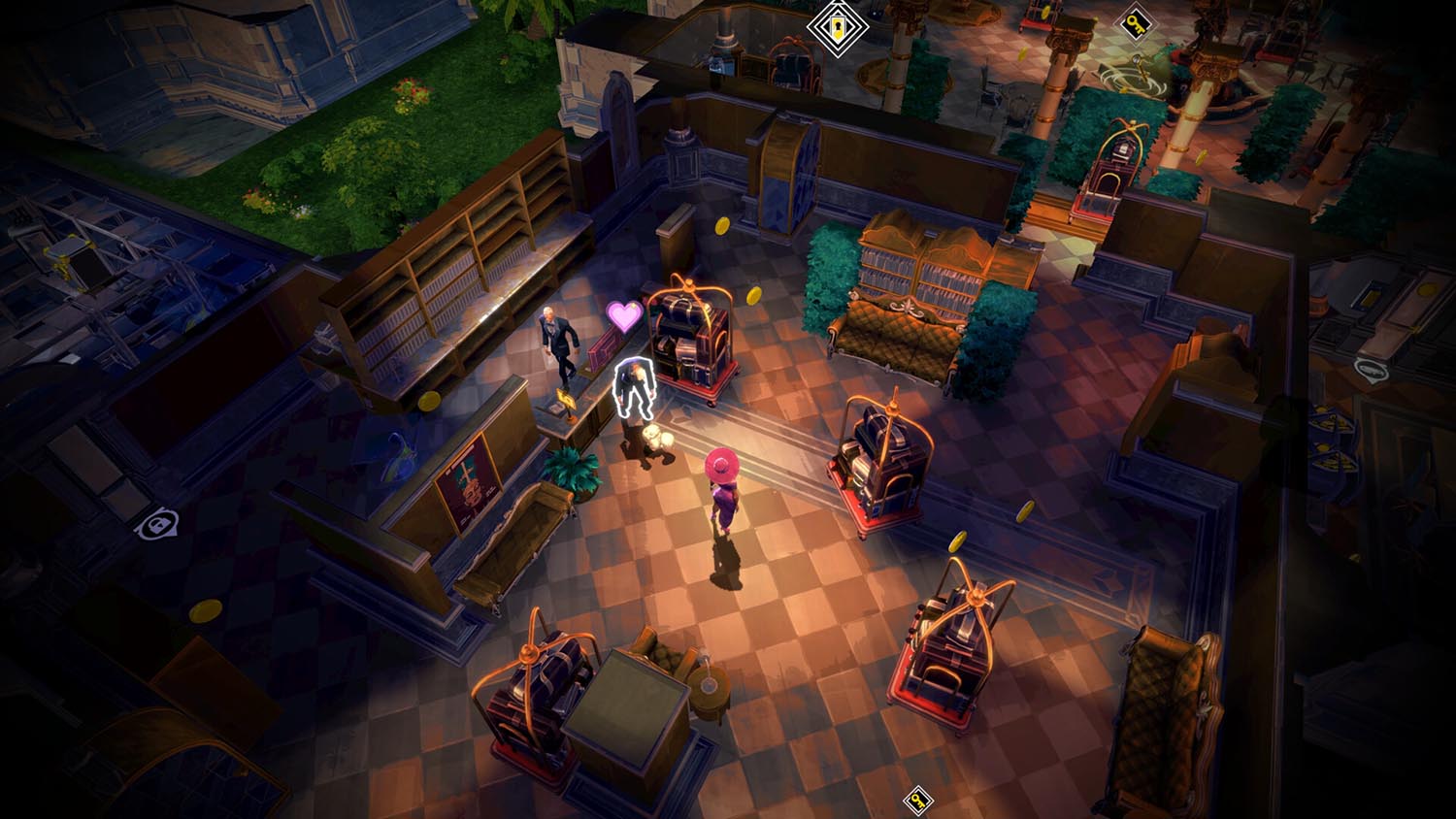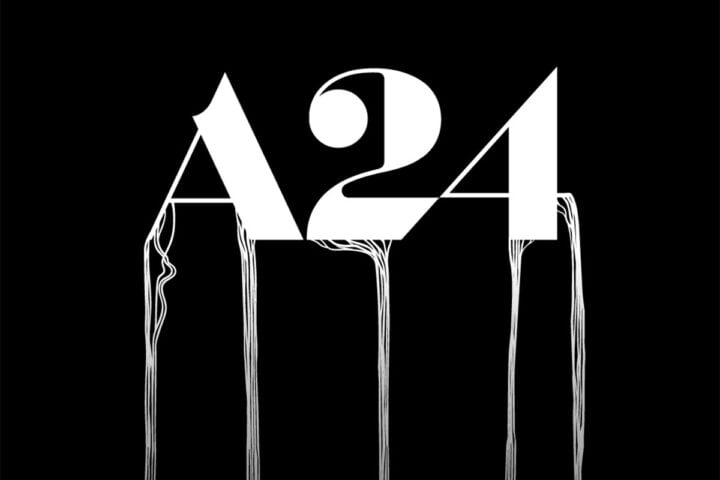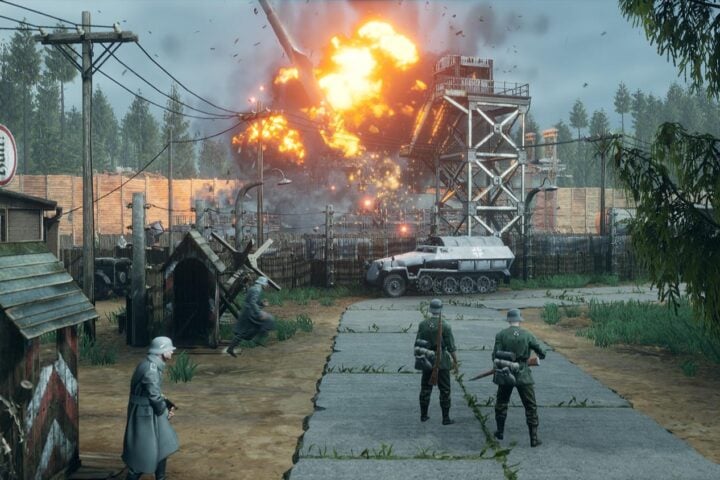In the original Monaco, players assemble one-to-four-person teams and navigate a series of heist scenarios, revealing each area’s floor plan as they go. In the game’s more colorful, more expansive sequel, Monaco 2, your team is given the blueprints from the start, and you can pore over the various means of ingress and escape via gloriously detailed 3D models.
Don’t be deceived, though, into thinking that the developers at Pocketwatch Games are going easy on you with this sequel. Yes, those models can be useful, especially when replaying the procedurally remixed “Unreliable Narrator” version of each stage, but it’s mainly there to give you a false sense of security before showing you what can happen to the best-laid plans.
Monaco 2 isn’t just about planning a perfect heist, because where’s the fun in that? Case in point: Of the three ways to collect diamonds in the game, “Smash and Grab” will require you to speed-run your way to the objective, tripping alarms and outrunning guards along the way. But it’s also likely that you’ll get a bit messy if you go the “Clean Getaway” route, as it’s near impossible to collect everything in a level without being seen or causing a ruckus. The chase is part of the heist, and the game is a meticulous mix of cautious stealth and chaotic improvisation.
That said, while Monaco 2 offers a lot of quality-of-life improvements, it’s still held back by some of the original’s frustrations: namely, the realistically rendered levels are sometimes too damn big, with mission objectives at opposite ends of the map. Crisscrossing a level with a full team of four is more efficient, as you can, say, split up to more quickly loot the long streets in the Shipyard, or work together to set up distractions in the Hotel’s lobby. By contrast, going at it solo means that you’ve got to plant each piece of evidence at the Opera on your own.
Nonetheless, there’s pleasure to the traversal across areas given their clever design. Each room presents you with one or more obstacles, and you must chart the best way to get past them depending on your currently purchased items and playable character. For one, hacker Gibson can crouch unseen in a corner and pilot a drone that can disable the electrical grid, while prowler Sake can use an electromagnetic gun to do the same. Sometimes you’ll find yourself trying to avoid guards and a camera’s detection, while at others you’ll just throw caution to the wind and drop a stick of dynamite and hope for the best.
Of course, as the levels grow bigger and more complex, heists can take more than an hour to complete. It’s fun to experiment while the stakes are low and you’ve still got all of your lives, but you’ll burn through them quickly, and it’s heartbreaking to lose 40-plus minutes of progress after accidentally stepping on a pressure pad or rounding a corner into a guard. And while you can steal back your life if you make it to where you died, guards sometimes end up camping over your corpse and making such a reclamation all but impossible.
Perhaps the game, like the original, is more attuned for co-op play, where one person can, for example, focus on deactivating electronics while another dispatches guards and a third cracks safes and a fourth helps to heal your team. I didn’t get to test that mode pre-release, which meant that I couldn’t get any help completing the lengthy 16-level main campaign.
The one advantage to dying so often in single-player is that you’ll get a chance to muck around with all eight characters and their unique skill trees. The game wisely limits which characters go on a given mission—you can’t just use Cosmo’s dog, Gimlet, as an adorable distraction—and no single character remains optimal throughout an entire stage. Restarting a level encourages different approaches and experiments with how to maximize each character’s abilities. Perhaps you’ll use Pockets to get a discount on some weapons, then refresh his loadout so that he can carry a second weapon. Jobbie’s cardboard box disguise is useful in a crowded area, and his ability to hack multiple devices at once is a godsend in laser-infested vaults.
These colorful characters and the memorable locations they pick clean are what stick with players long past any temporary setbacks. And while Monaco 2 sometimes stacks the deck too heavily against solo players (it seems better with a full house), striving to straighten out each new wrinkle in the plan makes for addictive, cheek-flushing fun.
This game was reviewed with a code provided by Vicarious PR.
Since 2001, we've brought you uncompromising, candid takes on the world of film, music, television, video games, theater, and more. Independently owned and operated publications like Slant have been hit hard in recent years, but we’re committed to keeping our content free and accessible—meaning no paywalls or fees.
If you like what we do, please consider subscribing to our Patreon or making a donation.



